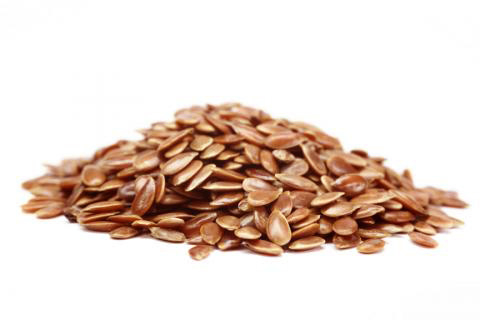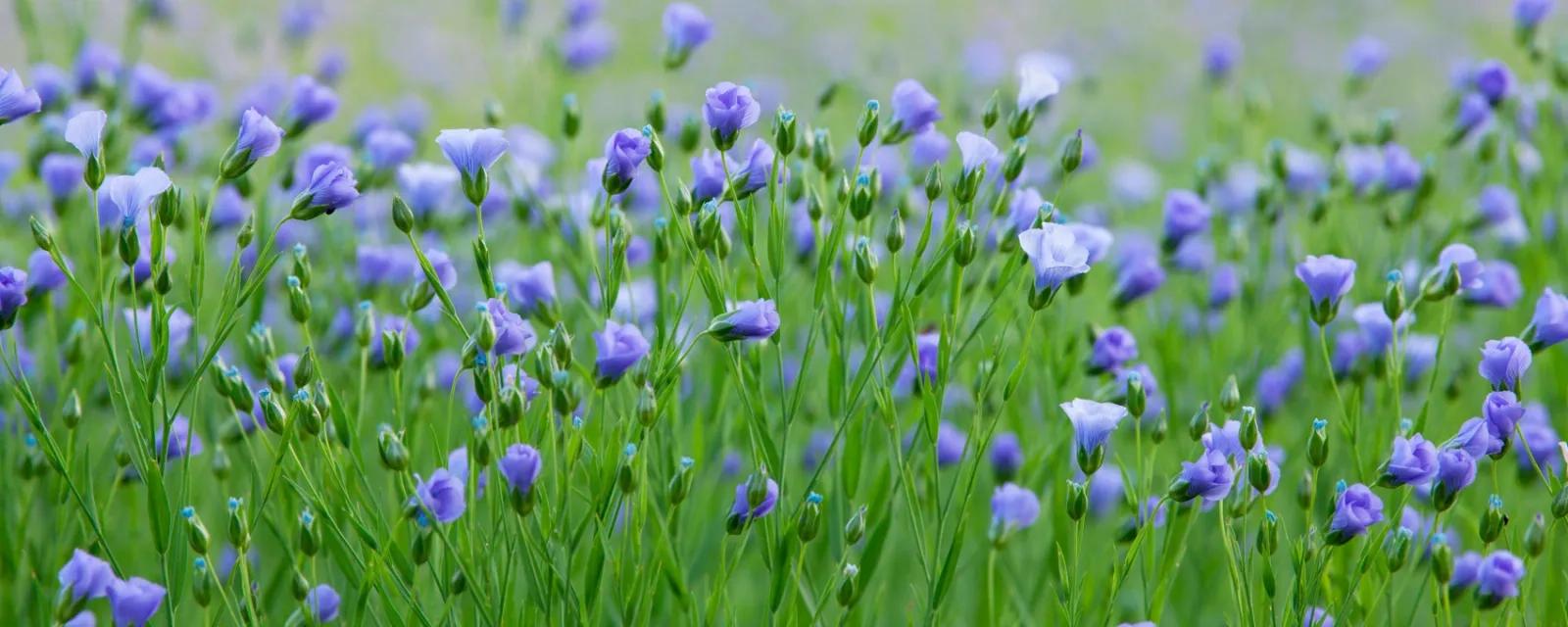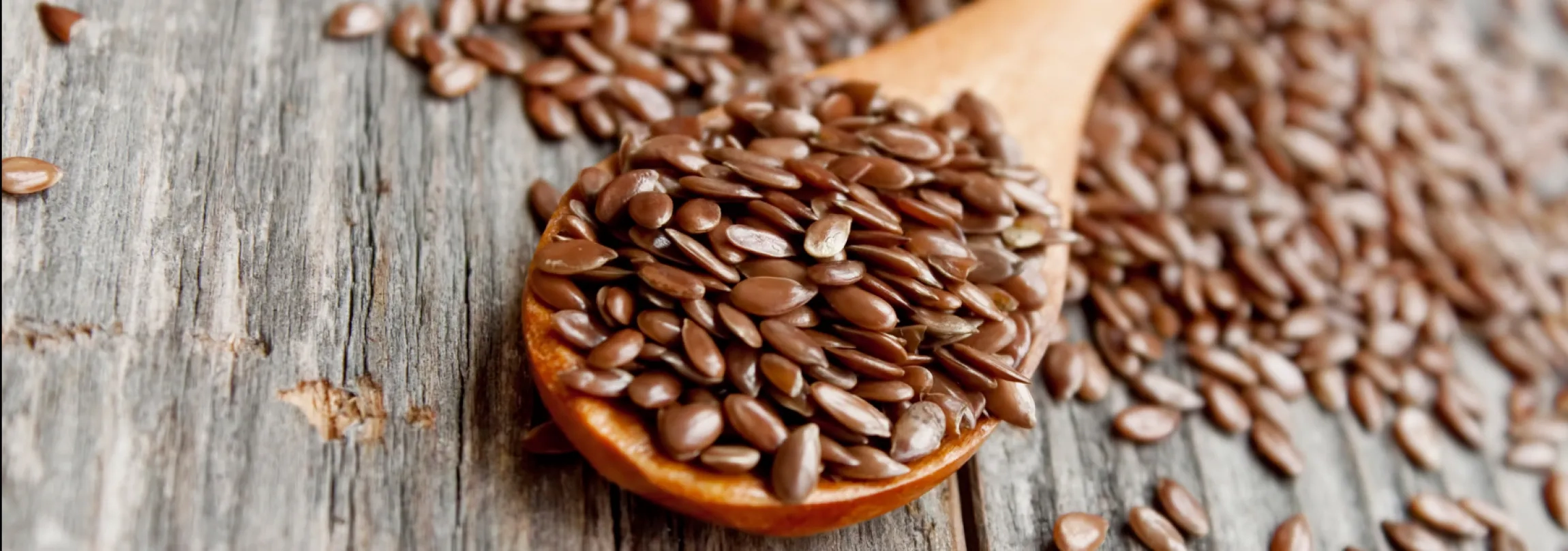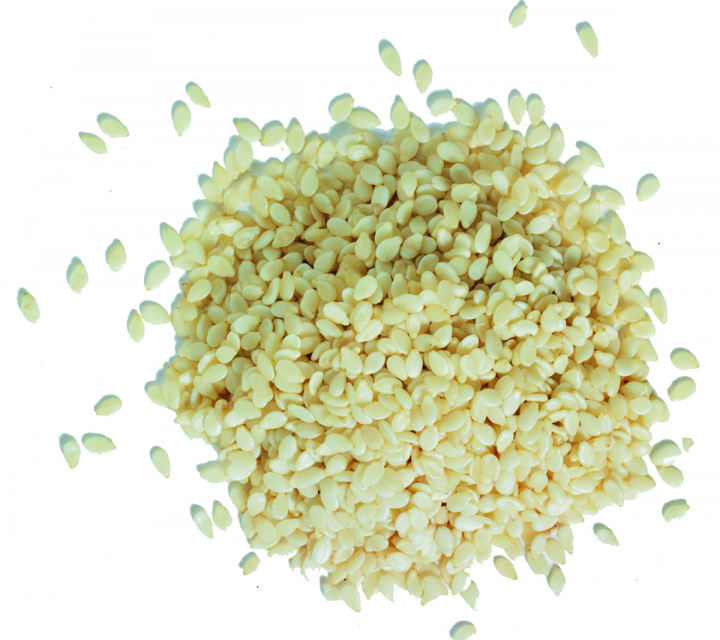Linseed
Linum usitatissimum
Origin
Kazakhstan
China
Ukraine
China
Ukraine
Harvest time
July/August
Quality
brown lineseed
yellow lineseed
Further qualities on request
yellow lineseed
Further qualities on request
All products are also available from certified organic cultivation.
For product specifications, please contact:
Dirk Elsmann (d.elsmann@keyaniyan.de)
Katrin Ohlhoff (k.ohlhoff@keyaniyan.de)
Image













